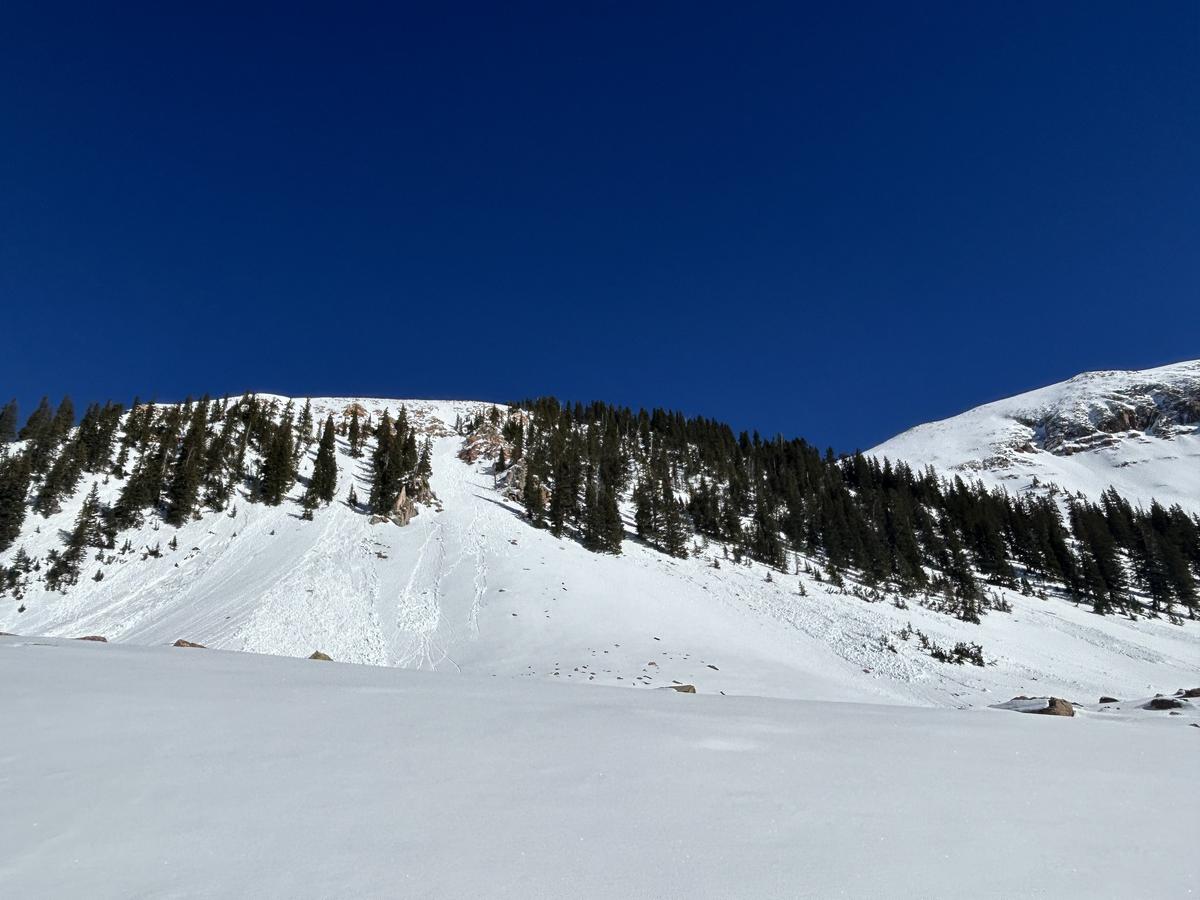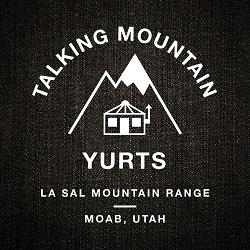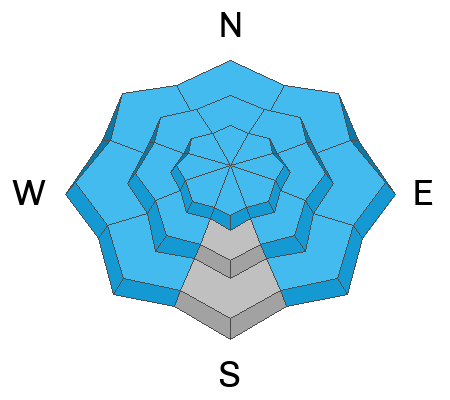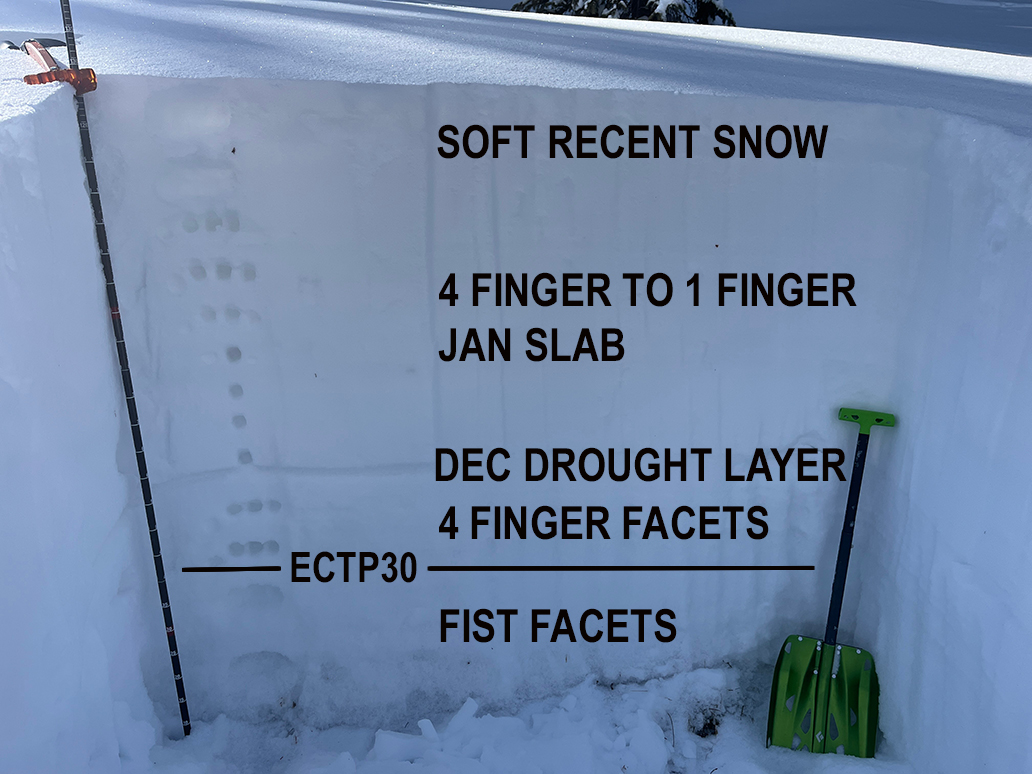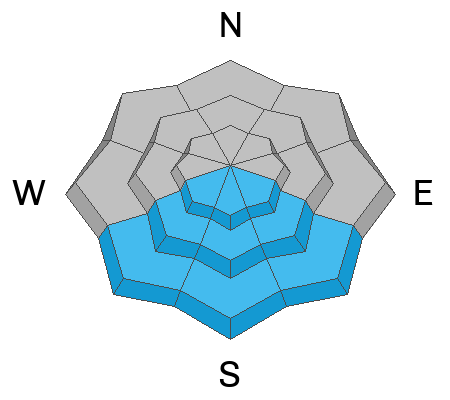Forecast for the Moab Area Mountains

Issued by Dave Garcia on
Wednesday morning, January 31, 2024
Wednesday morning, January 31, 2024
The overall avalanche danger today is MODERATE. Dangerous human-triggered slab avalanches 2-6 feet deep failing on a buried persistent weak layer remain POSSIBLE on most aspects. You are most likely to trigger an avalanche in steep, rocky terrain with a thin snowpack. The odds of triggering a slide may have dropped, but the consequences have not.
Unseasonably warm temperatures and strong sunshine will cause wet-loose avalanches to be possible on steep solar aspects.
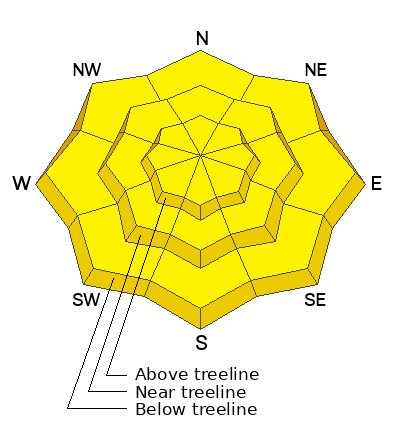
Low
Moderate
Considerable
High
Extreme
Learn how to read the forecast here



